
In “To Life, L’Chaim” from “Fiddler On The Roof,” the villagers of Anatevka sing, “God would like us to be joyful even when our hearts lie panting on the floor.” And as we head into Shabbat and Tisha B’Av, the saddest day on the Jewish calendar, these lyrics certainly seem counterintuitive. After all, we’re mourning the destruction of Jerusalem and her Holy Temple twice! We refrain from eating and drinking, wearing leather shoes and pleasurable activities, and spend our day reading kinot, funeral dirges or poems of lamentation.
It sounds like sitting shiva, and in a way, it is. While we in the US in 2021 aren’t living in the immediate aftermath of the destruction and exile, we are in mourning for a time, place and way of life that no longer exists. The book of Eicha, which we read on Tisha B’Av, begins by telling us that Jerusalem is k’almanah–like a widow. God is her husband, but no longer present in her life. The letter kaf, translated as ‘like,” offers a spoiler–she’s not really a widow, she’s similar to a widow. Our sages compare her to a woman whose husband has gone to another country or on a sea voyage and has every intention of returning to her. In the meantime, however, she must go on without him.
Israel, Jerusalem, and the Jewish people are temporarily bereft of God’s–the spouse’s–presence, and Eicha, which according to tradition was written by the prophet Jeremiah, offers a paradigm for mourning that’s applicable to us, today.
Four of the five chapters of Eicha are structed as alphabetic acrostics, and while the fifth isn’t, it still has 22 verses, corresponding to 22 letters in the Hebrew alphabet. Jewish mourning practices are quite structured as well; seven days of Shiva, 30 days of Sheloshim, 11 months of saying Kaddish for a parent. In a perfect world, as we moved from one stage of mourning to the next, our moods would lighten and there would be the light at the end of the tunnel.
But life doesn’t work that way. The structure gives us a framework, but it can’t change the past. My teacher, Rabbi Joseph Prouser, sees Eicha as a therapeutic model for dealing with grief. It reminds us that we can’t undo catastrophes; we can’t go back in time and bring a loved one back to life, or stop a tragedy from happening, all we can do is figure out how to deal with it and continue living.
Through its five chapters, Eicha takes us from grief and bereavement to redemption and hope. In between comes acceptance, understanding and meaning, personal pleas to God, and a prayer that we will come through this time without too many battle scars. Eicha reminds us that we have lost something precious, and that life will never be the same. By chanting it every year and observing this collective, national day of mourning, Eicha also reminds us that we’re still here. Life has gone on and will go on, and our task is to thrive in the face and aftermath.
May you have an easy fast, and may the time soon come when our days of mourning and fasting are turned into days of feasting and rejoicing.

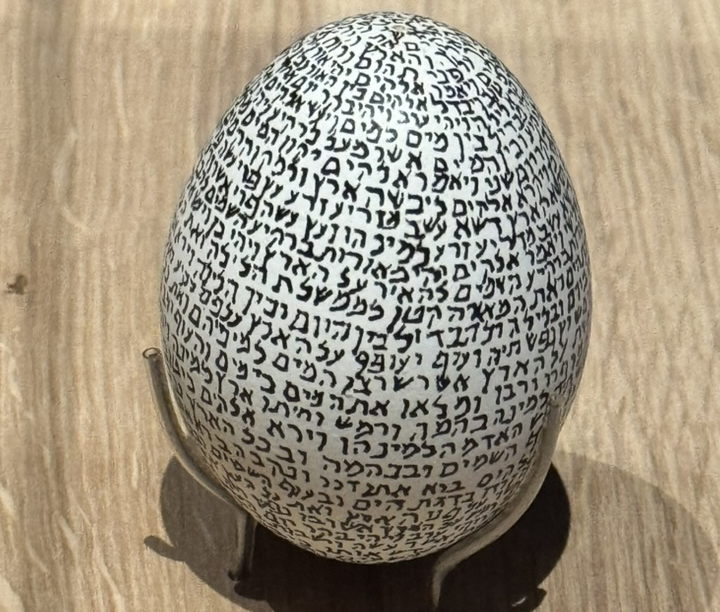
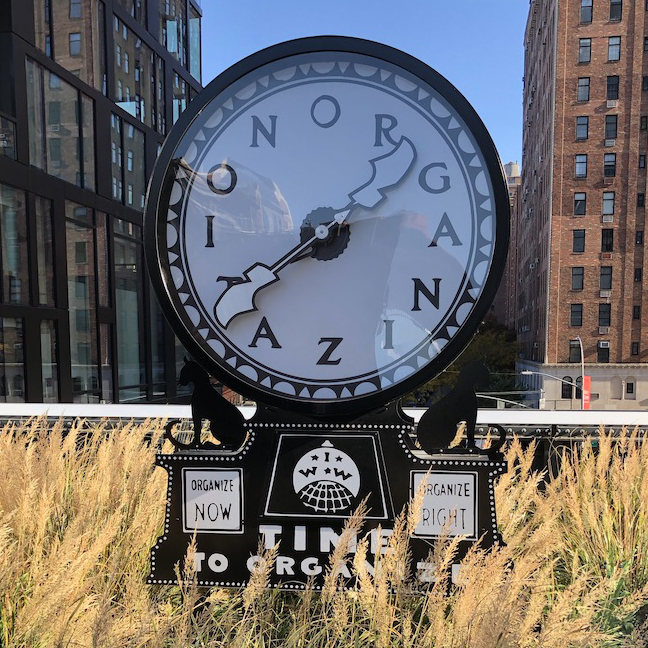

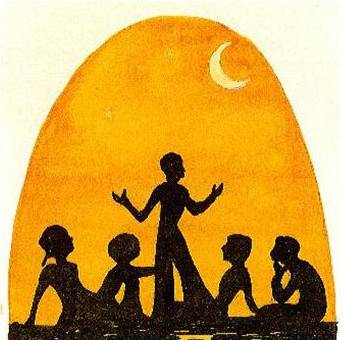
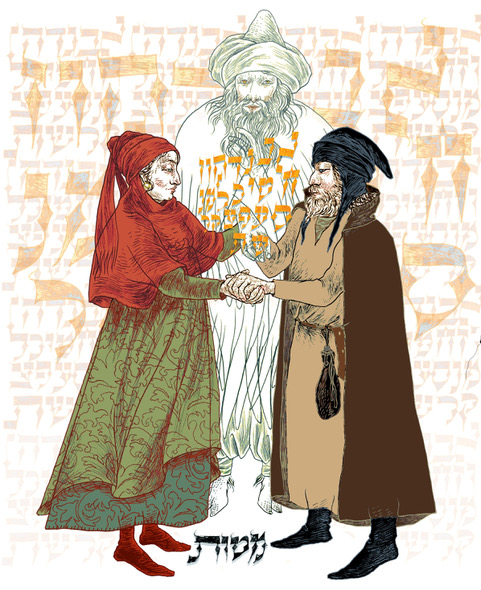
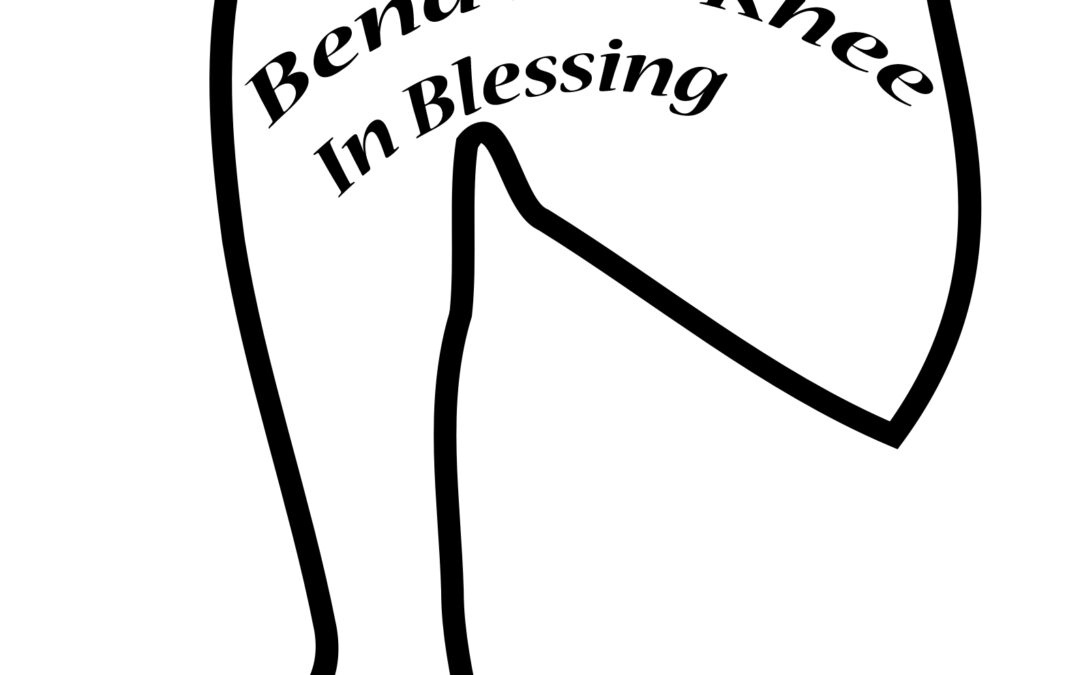


0 Comments